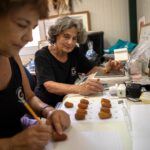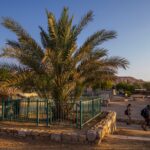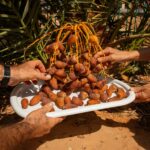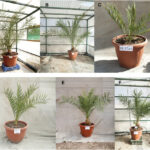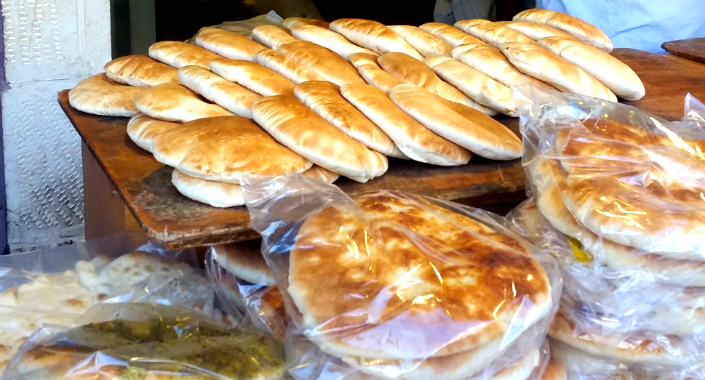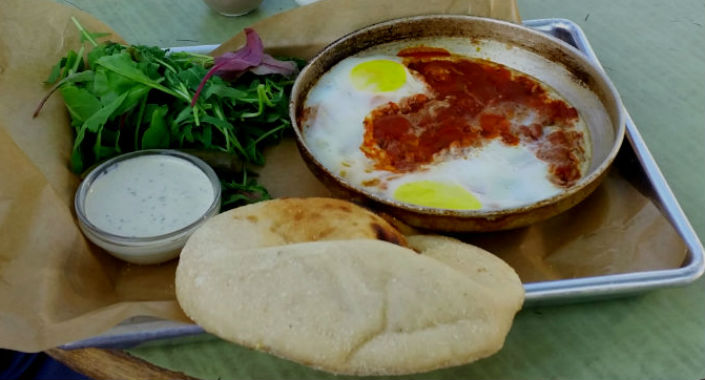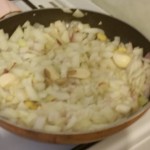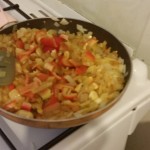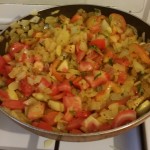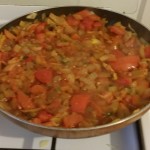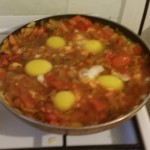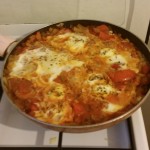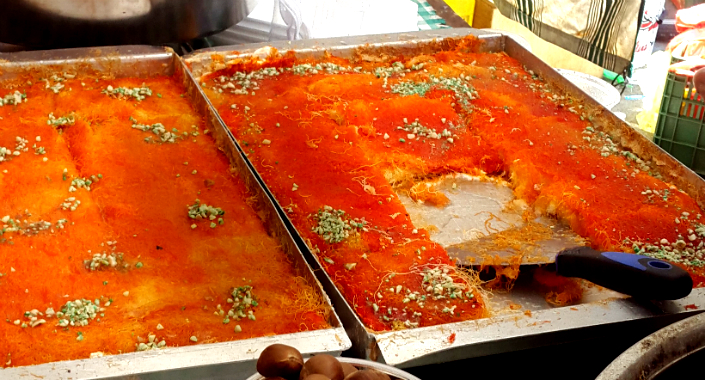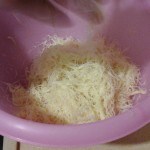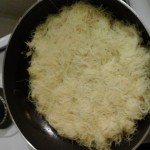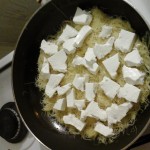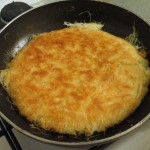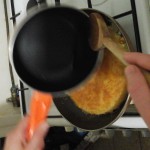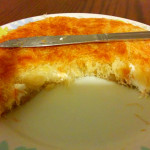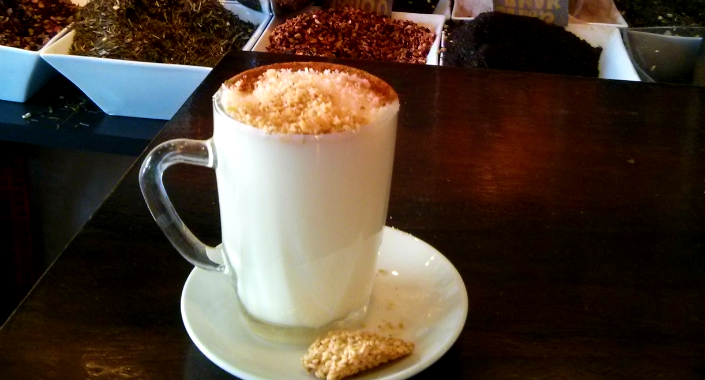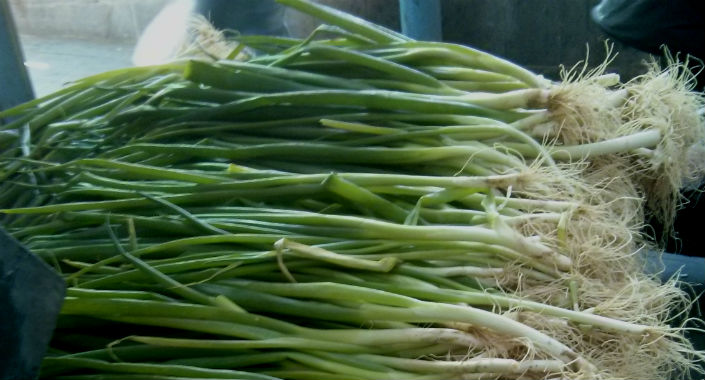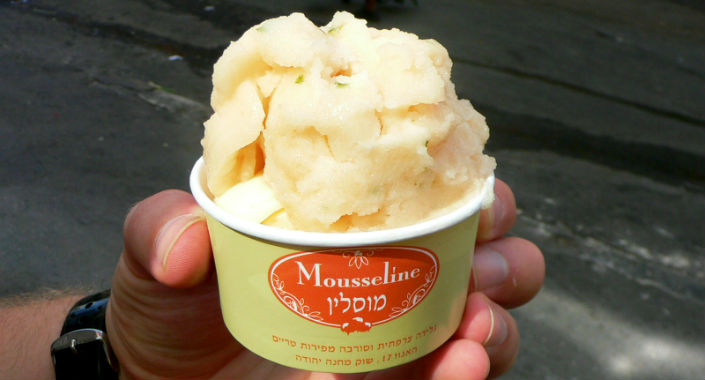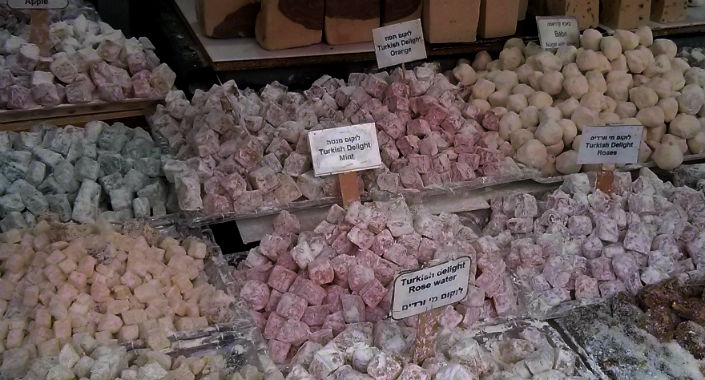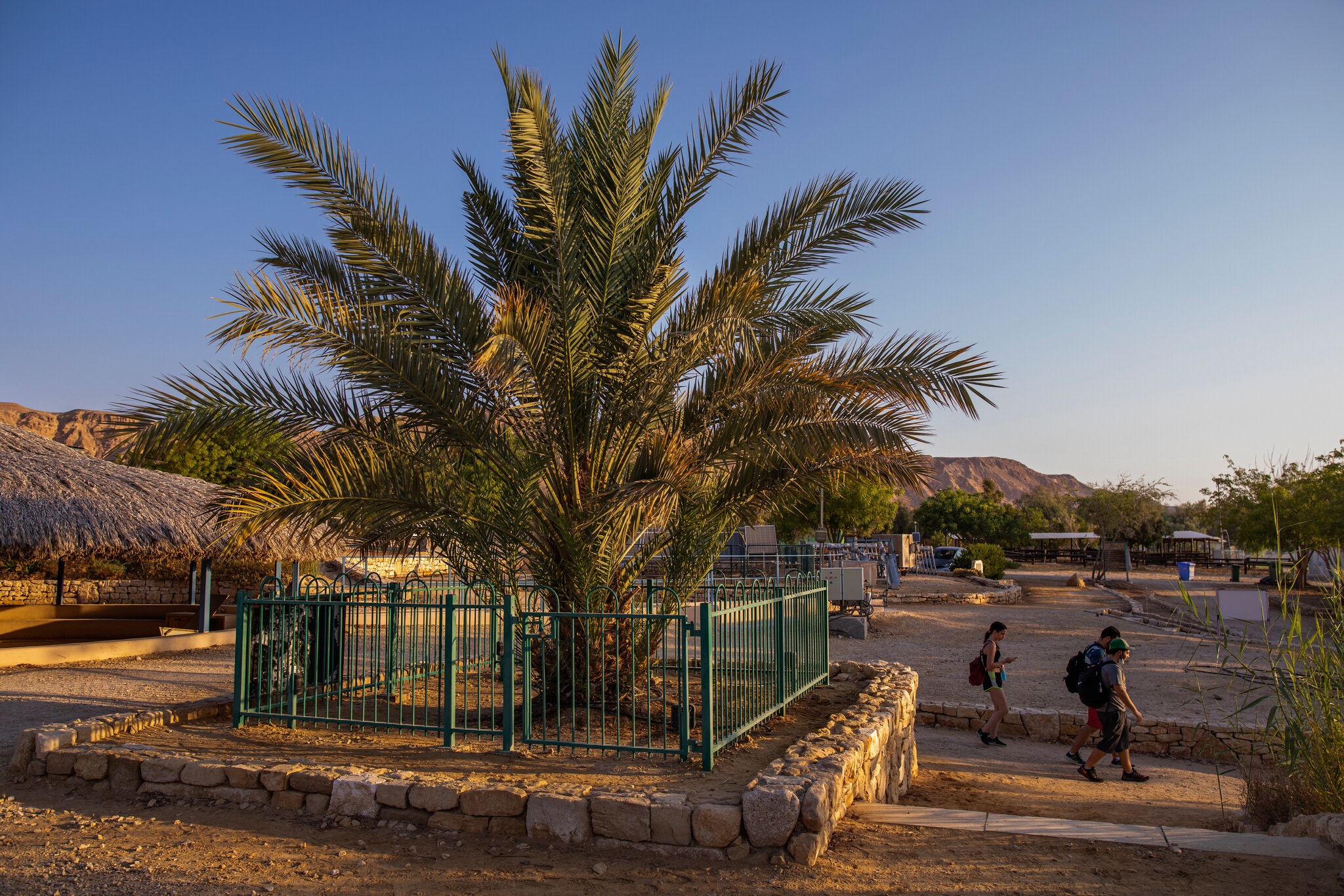
Brand new ancient dates- a rebirth of botanical history
Posted by CamelYoni_123 | Archaeology, current events, Food, History, Nature, plants, Uncategorized | No CommentsIf you’ve been on a tour with me in the Judean desert, then you may remember hearing about the ancient history of dates and their significance in Jewish culture. I probably offered you dates and coffee and talked about the ancient seeds that were found in the area, and were planted by scientists.
Now there is an update to that story: fifteen years after those ancient seeds were planted, the date tree has borne fruit.
The story behind this fruity adventure is surprising, exciting and unlikely!
It started in 2005 ,at the Arava Institutein Kibbutz Ketura, when Dr. Solowey planted two thousand year old date pits.
In order to get the pits, that had been found in an archaeological dig at Masada in 1960, to sprout, secret combinations of heat, hydration, plant hormones and fertilizers were used.
Against all odds the seeds sprouted and grew to be a small palm tree. The tree, which was named Methuselah, turned out to be a male tree which can’t bear fruit.
The researchers went looking through other stores of ancient seeds that were discovered around the Judean desert and planted multiple seeds in the hope that they would be able to grow a female tree.
A pit (Hannah) found in a dig at Wadi Makhukh near Jericho grew to be the long-awaited female palm. She (the pit) dated back to the fourth century BC making her one of the oldest ever found.
After growing for six years Hannah flowered!
The researchers collected pollen from nearby Methuselah and brushed it onto Hanna’s flowers.
Against all odds, Hannah bore fruit which ripened and were harvested.
At a special celebration a few of the dates were tasted- they have a dry nutty flavour similar to dates originating from Iraq.
During this time of year right before Rosh Hashanna, The Jewish New Year, as dates are being harvested across the country and palm fronds are being collected for the celebration of Succot, the connection of dates and palms to Jewish culture and history is more tangible and flavourful than ever!

